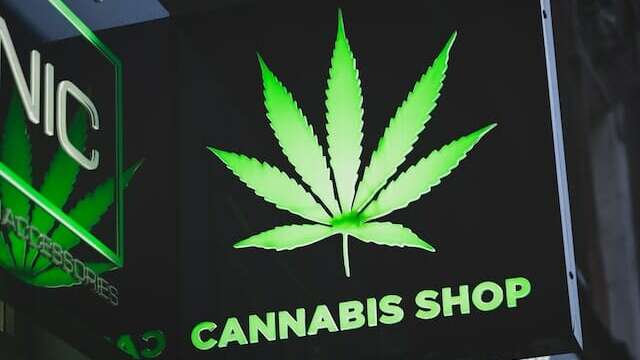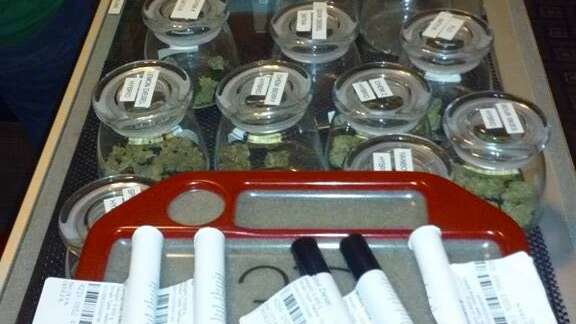Minnesota’s Green Era: Navigating Through the Legalization of Cannabis
As Minnesota steps into a new epoch of cannabis legalization, its complex history and evolving attitudes towards the plant set a fascinating backdrop. This article delves into the state’s intricate journey to legalize cannabis, charting its path from stringent prohibition to embracing the myriad potentials of the ‘green rush.’
Many officials have contributed to the journey of cannabis legalization in Minnesota, each influenced by personal stories and the drive for positive change. Key contributor, Senator Lindsey Port, expressed her pride in being part of the monumental moment. The Democrat, who authored the bill in the Senate, described the passing of the legislation as Minnesota “taking a step forward and trying something new.” The state’s unique approach includes recognizing its diverse entrepreneurial spirit, reinvesting in communities adversely affected by previous prohibitions, and, crucially, focusing on expungement to redress past injustices.
Representative Zack Stephenson, the House sponsor of the bill, exuded optimism. He confidently stated that Minnesota’s legalization model would please its citizens. His belief is rooted in the legislation’s unique ability to cater to the specific needs and realities of Minnesota. While the state might be the 23rd to legalize cannabis, Stephenson asserts, “we’ve passed the best bill in the country that Minnesotans can be really proud of.”
This milestone was reached a little over a week after both the House and Senate passed the bill, following recent deliberations by a bicameral conference committee. With the ink now dry on the new law, Minnesota joins the ranks of states navigating the uncharted waters of cannabis legalization.
Retracing Minnesota’s Cannabis Legislation Timeline
The trajectory of Minnesota’s cannabis legislation has echoed the larger American narrative of initial prohibition and eventual transformation. The state’s punitive laws against cannabis use, possession, and distribution once reflected a nationwide mindset. Yet, as public opinion shifted, and mounting voices clamored for reform, the state found itself reassessing its stance, culminating in the 2014 initiation of a medical marijuana program.

Decoding Minnesota’s New Cannabis Laws
The ushering in of cannabis legalization signifies a groundbreaking shift in Minnesota’s legal and socio-economic structure. The updated laws encompass rules regarding cultivation, sale, and usage of cannabis for individuals aged 21 and above. Notably, the new legislation also aims at eradicating prior cannabis-related convictions, signaling a crucial pivot towards criminal justice reform.
Here are the main points of the cannabis laws as per the new legislation:
- Legalizes commercial cannabis activities, including regulated sales of recreational marijuana, subject to rules yet to be drafted and approved by the Office of Cannabis Management.
- The Office of Cannabis Management, a newly formed state agency, will oversee and regulate all cannabis activities including medical marijuana, recreational marijuana, and cannabis products derived from hemp.
- Medical marijuana, which was legalized in Minnesota in 2014, will continue to be regulated by the new agency.
- Once regulated sales of recreational marijuana commence, adults will be permitted to purchase:
- Up to two ounces of cannabis.
- Up to eight grams of cannabis concentrate.
- Edible products containing up to 800 milligrams of THC, the primary psychoactive compound in cannabis.
- The commencement of sales for recreational cannabis is anticipated to begin in 2024.

Assessing the Economic Ripples of Minnesota’s Cannabis Legalization
The potential economic implications of cannabis legalization are substantial. The advent of this new industry brings the promise of an economic windfall through tax revenue and job creation. Analysts forecast that the newly legal cannabis market could contribute millions to the state’s coffers within the initial year itself.
The legalization of cannabis has had significant economic impacts in states like Colorado, California, and Illinois, serving as case studies for potential outcomes in Minnesota.
In Colorado, since the legalization of recreational cannabis in 2014, the state has experienced a financial windfall, amassing over $1 billion in state revenue by 2019. This surge has been attributed to taxes, licenses, and fees from the burgeoning industry.
California, the world’s largest legal cannabis market, has seen similar economic benefits, despite initial growing pains. In 2020 alone, California’s state revenue from cannabis neared $1 billion.
Meanwhile, Illinois, which only legalized recreational cannabis in 2020, has already seen significant results. Within its first year of sales, the state generated over $175 million in tax revenue. These examples underline the potential financial boost that can come with legalizing and effectively regulating the cannabis industry.
Surveying the Medical and Recreational Cannabis Horizon in Minnesota
Minnesota’s medical marijuana program has proven to be a lifeline for thousands of patients. The legalization of recreational cannabis is poised to dramatically reshape this landscape. Although medical cannabis retains its vital role, the newly endowed freedom for recreational usage is likely to stoke market expansion.
Navigating the Hurdles and Disputes Encircling Minnesota’s Cannabis Legalization
Minnesota’s transition towards legalization has not been devoid of debates and potential roadblocks. Critics voice concerns over possible health hazards, increased substance abuse, and the intricacies of regulating a rapidly growing cannabis market. Navigating these challenges will necessitate a delicate interplay of education, regulation, and community engagement.
Envisioning the Future: Minnesota’s Emerging Cannabis Industry
The forward trajectory of the cannabis industry paints a promising picture. Both its societal and economic long-term impacts warrant close observation. While the journey so far has had its share of bumps, the future of Minnesota’s cannabis industry looks vibrant.
Minnesota’s Cannabis Odyssey: Reflecting on the Dawn of the Legal Green Era
In conclusion, the advent of cannabis legalization in Minnesota signifies a transformative chapter in the state’s history. Although teeming with challenges and uncertainties, the journey holds promise for economic prosperity, social reform, and a more nuanced understanding of this once-demonized plant. As we stand on the cusp of a new era, it’s worth remembering the old adage, “The times they are a-changin’.”
Now, let’s navigate through some common questions regarding cannabis legalization in Minnesota:
Q: Is cannabis legal in Minnesota?
A: Yes, as of recent legislation, cannabis is legal for adults aged 21 and over.
Q: What are the potential economic benefits of cannabis legalization?
A: Legalization could generate significant tax revenue and create new jobs, boosting the state’s economy.
Q: What changes does the new legislation bring about?
A: The new laws detail regulations for the growth, sale, and use of cannabis and aim to expunge past cannabis-related convictions.
Q: How will legalization affect Minnesota’s medical marijuana program?
A: While the program will continue, the legalization of recreational cannabis is expected to influence the overall cannabis landscape, possibly leading to increased growth and access.
Q: What are the concerns surrounding cannabis legalization?
A: Some critics express worries about potential health risks, possible increases in substance abuse, and the challenges of regulating the emerging cannabis market.
Q: How is Minnesota addressing the potential challenges of legalization?
A: Addressing the potential issues involves a combination of regulatory oversight, educational initiatives, and community engagement.



